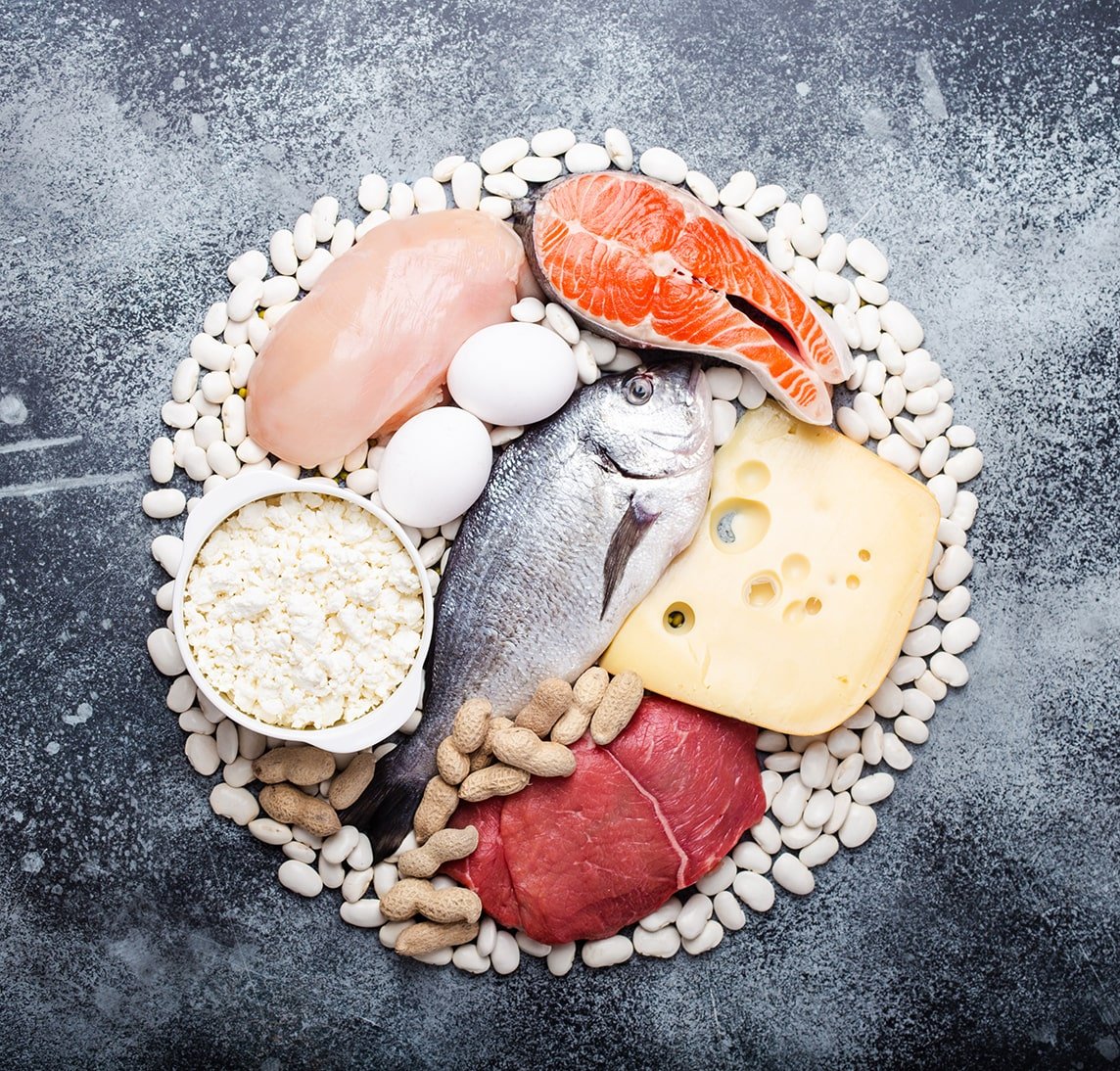What to Eat on Semaglutide or Tirzepatide
What to Eat on Semaglutide or Tirzepatide
Embarking on a regimen with Semaglutide or Tirzepatide for weight loss or diabetes management necessitates understanding the best foods to complement these medications.
Optimal Foods to Complement Semaglutide or Tirzepatide
-
Lean Proteins Incorporating lean proteins like chicken breast, turkey, legumes, and tofu is essential. These proteins help maintain muscle mass during weight loss and keep you feeling full.
-
High-Fiber Foods High-fiber foods such as whole grains (brown rice, quinoa), and fruits (berries, apples, pears) slow digestion, control blood sugar, and prolong satiety.
-
Healthy Fats Healthy fats from avocados, nuts, seeds, and olive oil support proper cell function and hormone health, crucial during weight loss. They also aid in the absorption of fat-soluble vitamins.
-
Vegetables A diet rich in vegetables, including leafy greens, broccoli, cauliflower, and colorful peppers, provides essential nutrients with low calories and high fiber.
-
Water Staying hydrated is vital. Water helps distribute Semaglutide or Tirzepatide efficiently and mitigates side effects like nausea. Opt for water, herbal teas, or infused water to maintain fluid intake.
Portion Sizes and Meal Timing
- Eating smaller, more frequent meals can help maintain steady blood sugar levels and prevent extreme hunger.
- Use smaller plates to control portion sizes and avoid feeling deprived.
- Listening to your hunger and fullness cues can ensure that you adjust your intake as needed.
Mitigating Side Effects with Food
- Lean proteins are easier to digest and can help prevent nausea.
- High-fiber foods like lentils and beans can combat constipation, but introduce fiber gradually and drink plenty of water to avoid bloating.
- Healthy fats can improve satiety and reduce gastrointestinal side effects.
- Avoid spicy or heavily seasoned foods that might exacerbate nausea; opt for milder dishes.
Transforming Your Eating Habits
-
Balancing Nutrients
- Prioritize lean proteins, high-fiber foods, and healthy fats.
- Smaller, frequent meals help manage gastrointestinal side effects.
-
Staying Hydrated
- Aim for 8-10 glasses of water daily.
- Include hydrating foods like cucumbers and watermelon.
-
Listening to Your Body
- Pay attention to how different foods affect you and adjust your diet accordingly.
-
Consulting Your Healthcare Provider
- Regularly consult with your healthcare provider to ensure your diet aligns with your health goals.
Frequently Asked Questions
-
What is semaglutide and how does it help with weight management? Semaglutide helps regulate appetite and calorie intake, supporting weight loss when combined with diet and exercise.
-
How often should I eat to optimize semaglutide effectiveness? Eat smaller, frequent meals throughout the day to manage hunger and reduce discomfort.
-
What foods should I prioritize? Focus on lean proteins, high-fiber foods, and healthy fats.
-
How much water should I drink daily? Aim for 8-10 glasses of water daily.
-
Why listen to my body's cues on semaglutide? To maintain a comfortable level of fullness, prevent overeating, and develop a healthy relationship with food.
-
Should I consult my healthcare provider about dietary changes? Yes, consult your provider to ensure your diet aligns with your health goals.
Conclusion
Adapting your diet while on Semaglutide or Tirzepatide involves focusing on lean proteins, high-fiber foods, and healthy fats, along with adjusting meal sizes and frequency. Staying hydrated and listening to your body are crucial. Regular consultation with your healthcare provider ensures your diet supports your health goals effectively. With these strategies, you can maximize the benefits of Semaglutide or Tirzepatide and achieve successful weight management.
